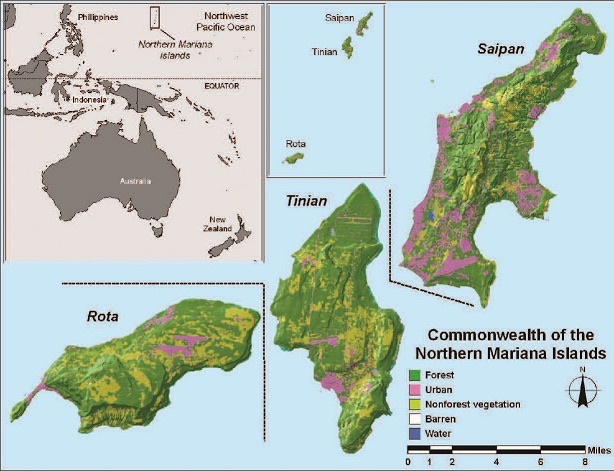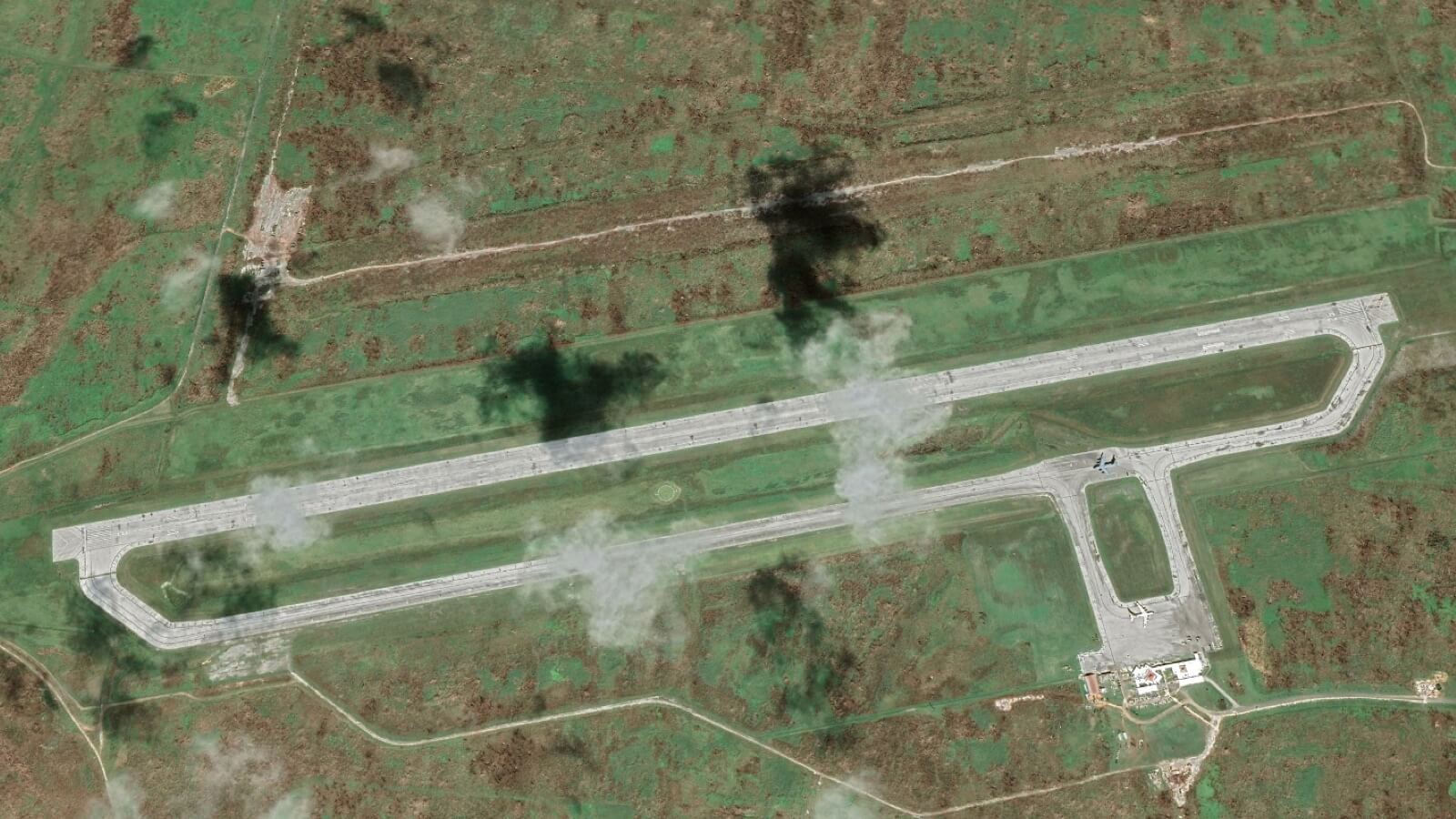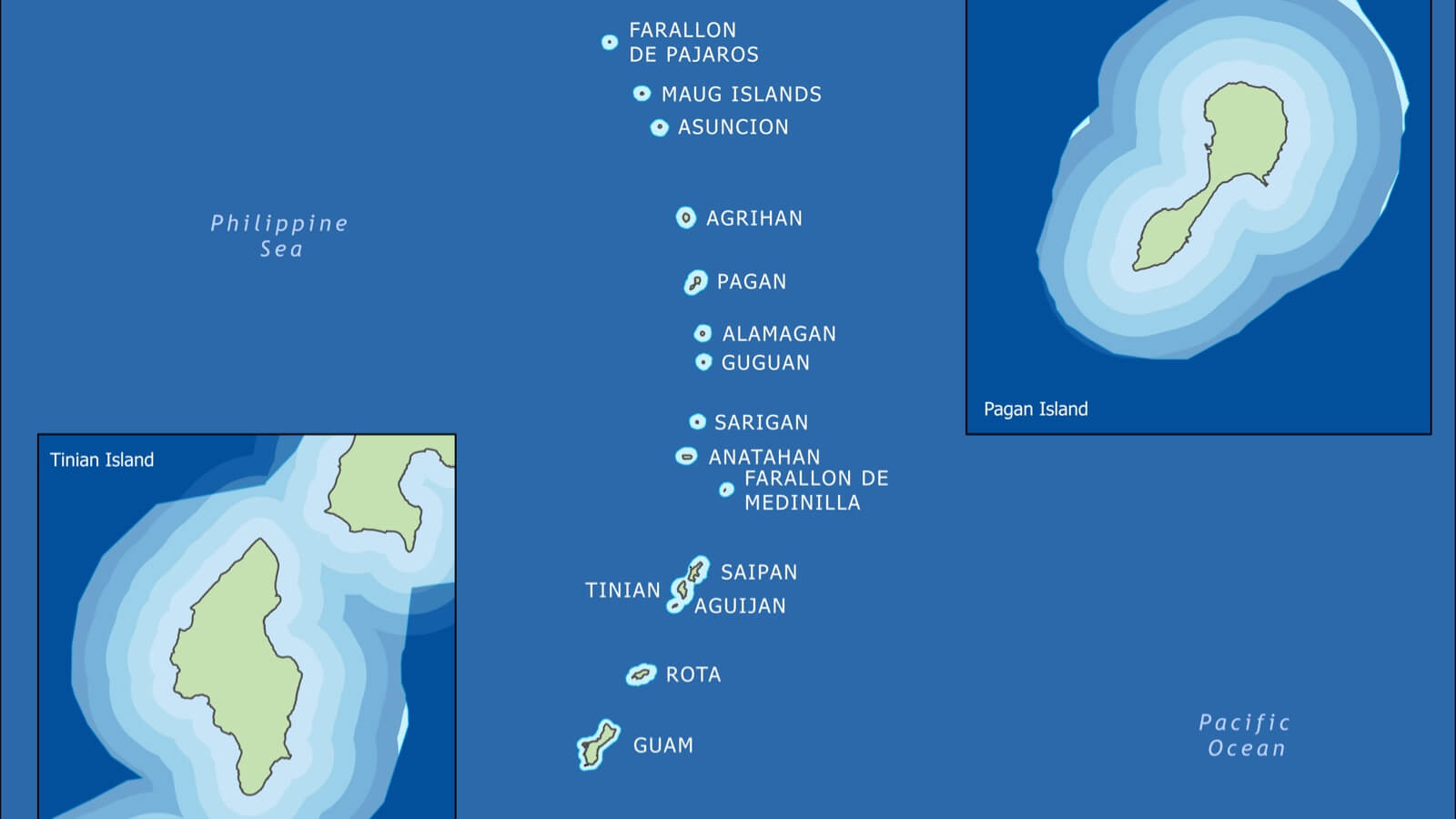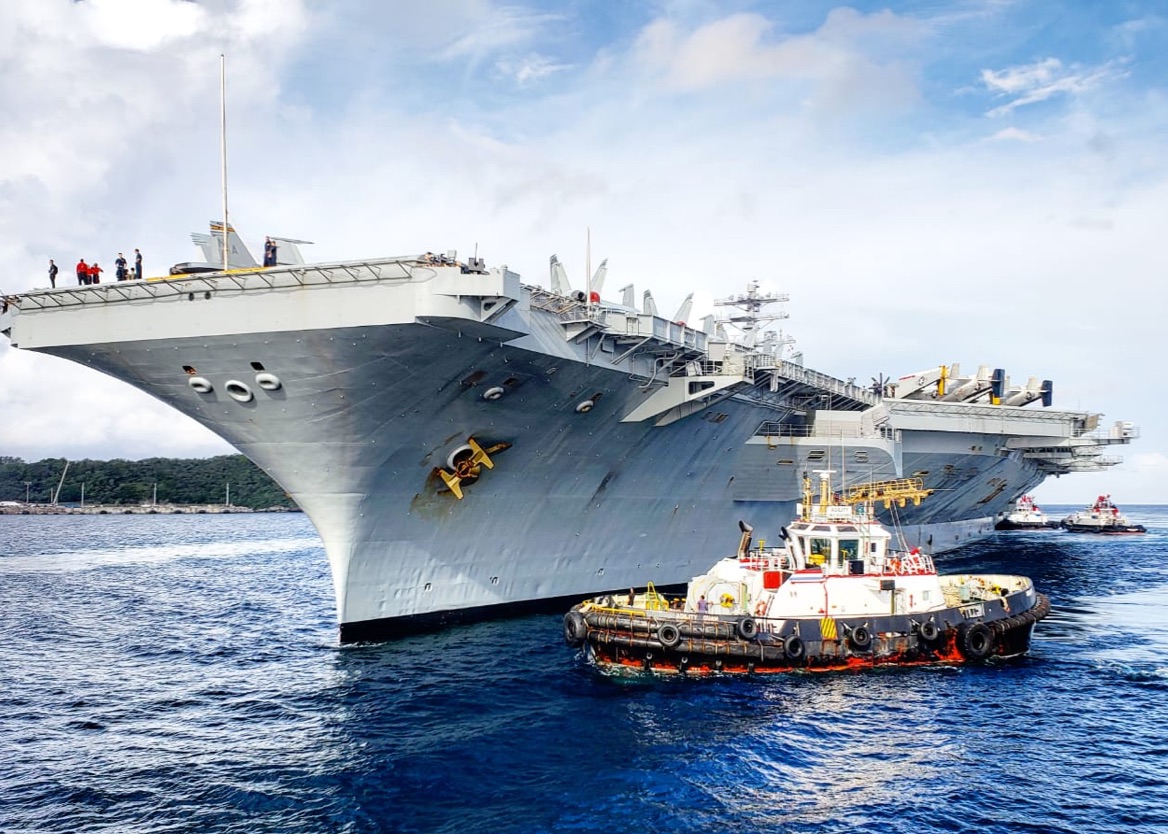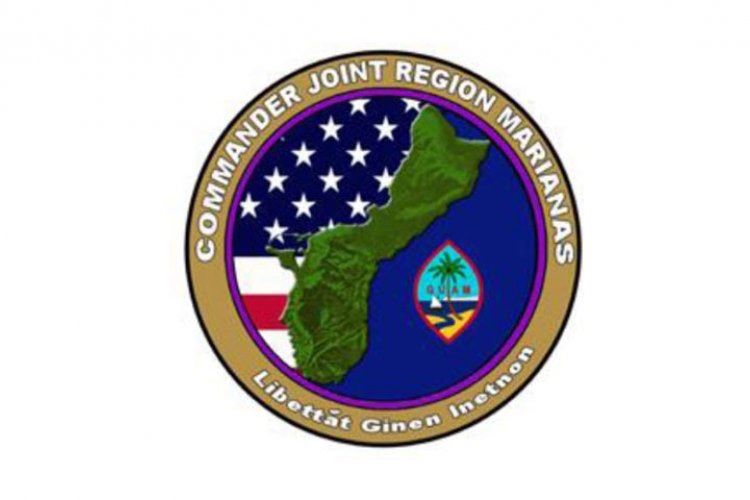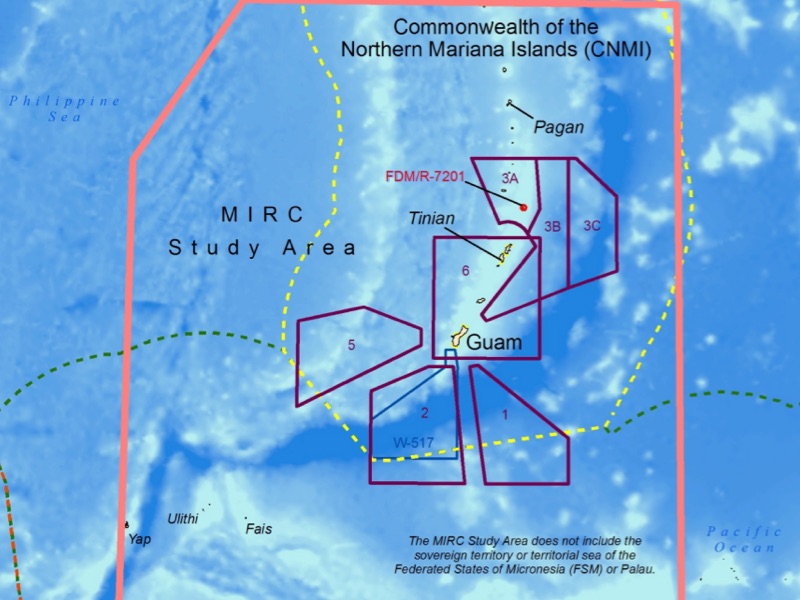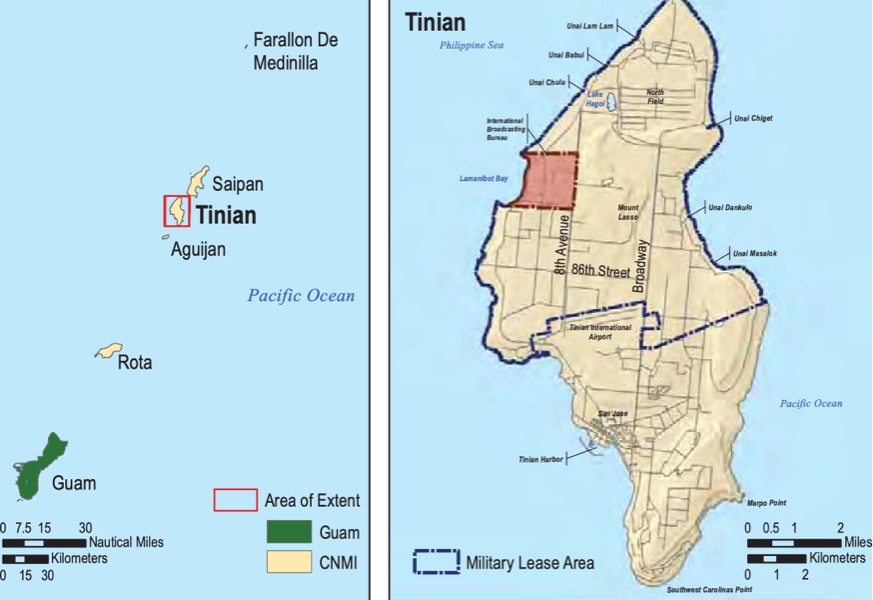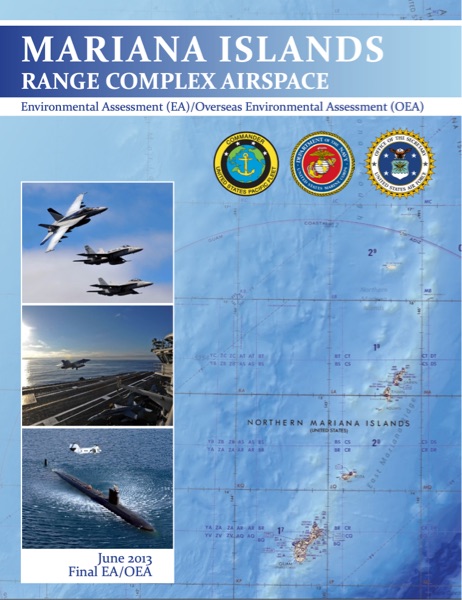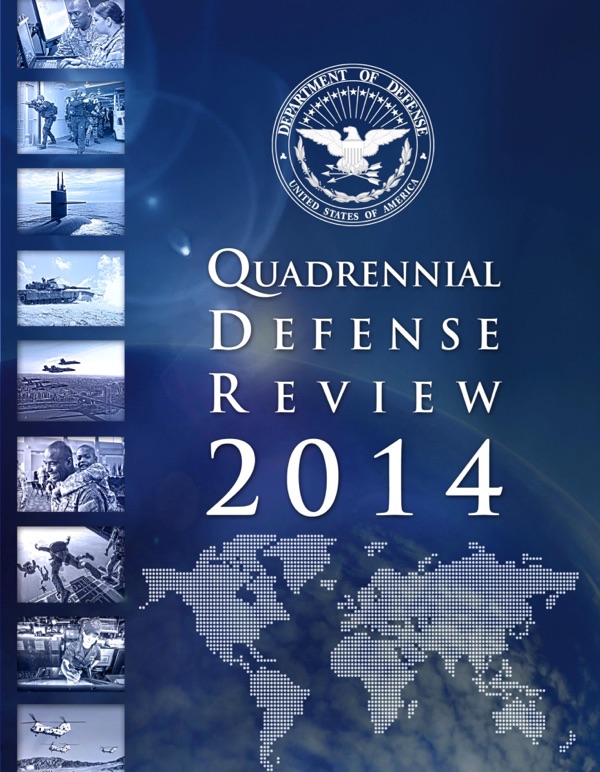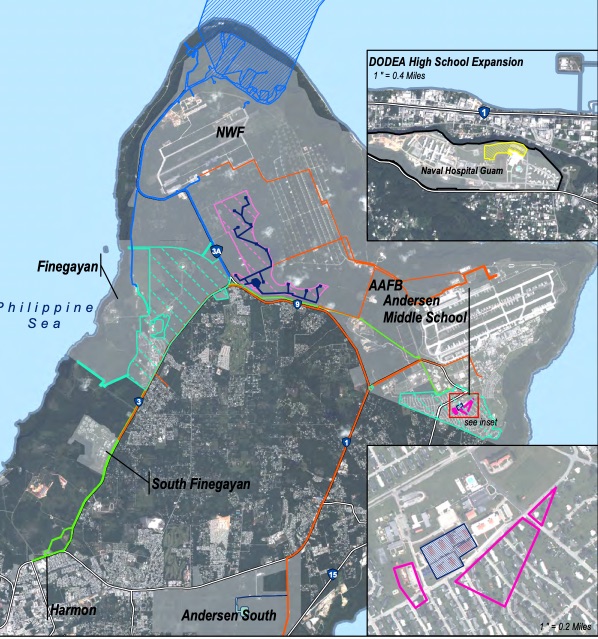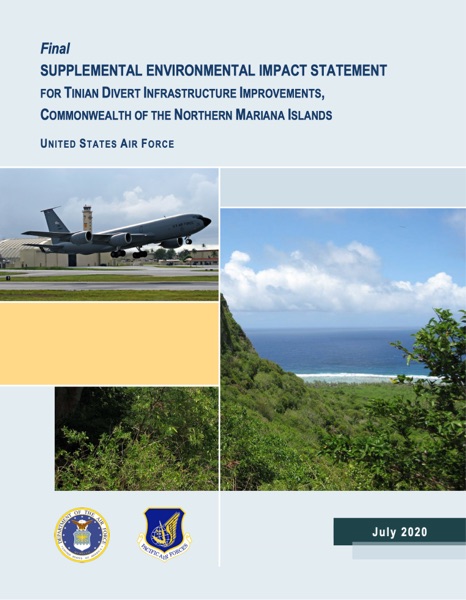The Commonwealth of the Northern Mariana Islands Joint Military Training Project (“CJMT”) calls for live-fire military training on the islands of Tinian and Pagan.
Tinian
As proposed in a 2015 Draft Environmental Impact Statement (“EIS”), the CJMT project would involve 20 weeks of live-fire unit-level training exercises per year within the existing Military Lease Area on the island of Tinian, with up to 2,200 military personnel per exercise. Approximately 22 additional weeks of additional training and maintenance would also be involved.
To accommodate these training activities on Tinian, the Navy would
- Build four new live-fire training ranges, including a “high-hazard” area near Mount Lasso;
- Conduct amphibious exercises at Unai Babui, Unai Chulu, Unai Lam Lam, and Unai Masalok, including in coral reef habitats;
- Construct a “base camp” for up to 3,000 personnel;
- Impose additional access restrictions on the northern two-thirds of Tinian; and
- Develop fuel, drinking water, wastewater and communications infrastructure for exclusive military use.
Pagan
The 2015 Draft EIS also proposed that the United States would acquire a real estate interest in the island of Pagan and conduct 16 weeks of live-fire combined-level training exercises there each year, with up to 2,200 personnel per exercise. Approximately 19 additional weeks per year of additional training and maintenance would also be included.
These training activities on Pagan would require
- Construction of a 4,000-person expeditionary (i.e., no permanent facilities) base camp;
- A network of 16-foot wide “trails” for military vehicles crisscrossing the island;
- A live-fire training range on the northern portion of Pagan, including a “high-hazard” area on Mt. Pagan itself;
- Amphibious live-fire zones on at least six beaches; and
- Restoration of Pagan airfield for military use.
Current Status
The Governor’s Office commissioned an independent, expert technical review of the 2015 Draft EIS and convened a community outreach process to ensure the public had accurate information about the project and to provide a safe and to provide a secure conduit for public comments to the Navy. The Governor’s Office also submitted extensive comments of its own, identifying errors in the Draft EIS and concerns about the project. In response, the Navy agreed to withdraw and reconsider the project in order “to address concerns from CNMI leadership.”
In 2016, the CJMT was also subject to government-to-government consultations at the White House under Section 902 of the Covenant. Those proceedings, led by Governor Ralph DLG. Torres, resulted in a formal Report to the President in which the United States agreed to increase transparency and make “every reasonable effort to avoid, minimize, and mitigate adverse impacts” of military activities in the Marianas.
Governor Ralph DLG. Torres and the Department of Defense subsequently established the CNMI-DoD Technical Working Group to further address mutual concerns. The Technical Working Group is made of representatives from the CNMI Government (CBMA, Office of the Governor, CNMI Agencies, Office of the Mayor of Tinian and Office of the Mayor of Northern Islands) and the Department of the Defense (Marine Corps Forces, Pacific and the Pentagon) and meets on a quarterly basis.
In March 2022, Governor Ralph DLG. Torres announced that the Department of Defense has submitted its amended proposal that has eliminated: 1) any training activities on the island of Pagan, 2) construction of landing ramps in Chulu Beach, 3) a High Hazard Impact Area for the use of artillery and aviation delivered munitions, 4) an extensive range footprint, 5) extensive fencing, and 6) Special Use airspace.
The new notional proposal contemplates similar training activities that are already currently conducted on the island of Tinian but with an eye towards training for the future that is significantly less impactful and harmful to the environment and the way of life for the people of Tinian than the 2015 proposal. (see: https://governor.gov.mp/news/pagan-out-no-high-caliber-live-fire-on-tinian/)
A substantially revised version of the CJMT is anticipated in 2023 or 2024, post a Section 902 process anticipated in the near term. The revised project is expected to incorporate commitments made in response to the 2015 Draft EIS and the 2016 Section 902 process.
Additional information about the CJMT can be found here.
